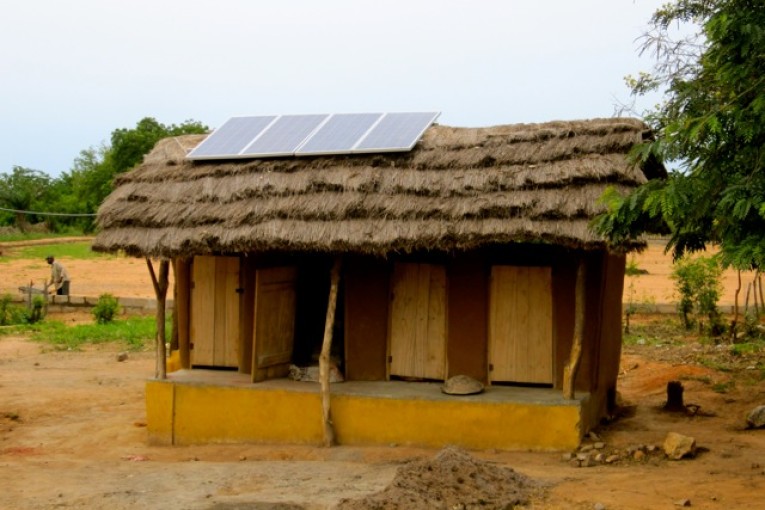
Are we really serious about Solar Energy? Is the government listening? If we are, then some steps need to be taken with immediate effect before we promise another big change in the coming years.
 To illuminate lives of people who have been grappling with darkness all this while is applaudable, and especially in remote areas and villages across India which lack grid connectivity. There was a time when solar panels on the rooftop were rare to find. Few odd solar panels in large and medium scale industries were lauded for their contribution towards an environmental friendly future. But now, the situation is much different from what it was. With government being the initiator of this change, more and more success stories are being written with solar energy One of the success stories happen to be from Maharashtra, from a local plant at Baramati, which powers 24 million households and will do so for the next 25 years.
To illuminate lives of people who have been grappling with darkness all this while is applaudable, and especially in remote areas and villages across India which lack grid connectivity. There was a time when solar panels on the rooftop were rare to find. Few odd solar panels in large and medium scale industries were lauded for their contribution towards an environmental friendly future. But now, the situation is much different from what it was. With government being the initiator of this change, more and more success stories are being written with solar energy One of the success stories happen to be from Maharashtra, from a local plant at Baramati, which powers 24 million households and will do so for the next 25 years.
The state cabinet was in news for sanctioning Rs 2682 crore to promote renewable energy for the next 5 years. They also reiterated the use of solar energy in various sectors. Apart from promotion, it also approved subsidies for generation of solar power. It has been estimated that the state of Maharashtra, by 2022 will achieve an installed capacity of 12,611 MW from the current 378.7 MW. It is important that we talk about Baramati 52 MW (DC) project, the first to be set under the public -private partnership (PPP) model with the Maharashtra state power generation Co. Ltd.
Setting up large scale projects is beneficial for developers as it allows economies scale and better profitability. To encourage private sectors to be equal participants, the government’s announcement of providing 15% subsidy to the private sector for setting up solar power units is a welcome move. For India to achieve target of 40 GW, it is important for states to push towards goal. Although possible 40GW target is ambitious, to achieve this, it will take sustained efforts from central and state governments, regulators, utilities, investors and the industry.
Currently, the government provides central financial aid up to 30% for selected categories and up to 70% for special category states, including islands. Government should focus on non-subsidy measures and they should be the priority because it will achieve greater impact at a much lower cost. Further subsidies would have less impact because some of the benefit would go to projects that would have happened anyway or soon after.
We have a long way to go in terms of solar power. For easy participation from various quarters the government needs to take few important steps like-
- Raise limit for investment in development assets to at least 25% of the Investment assets from the current 10%
- Make solar energy a priority sector and exclude it from the conventional power sector with a different sectoral cap, so that banks are encouraged to lend to the sector.
- Ensure payment security: Given the financial health of state-run power distribution companies (DISCOMs), default in payment to developers is seen as a critical risk by financial institutions. It is necessary to take constructive steps for allaying the fears of the bankers and ensure investments in the sector.
- The government should provide full payment guarantee, so that more lenders enter the solar energy sector
By Dr. Arvind Kumar President India Water Foundation



